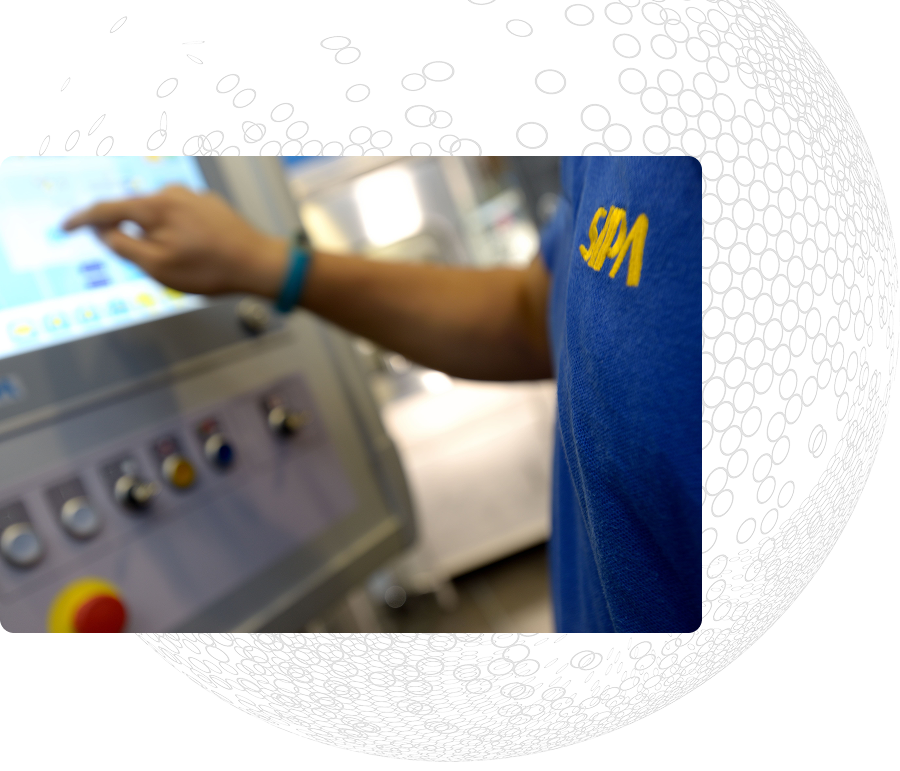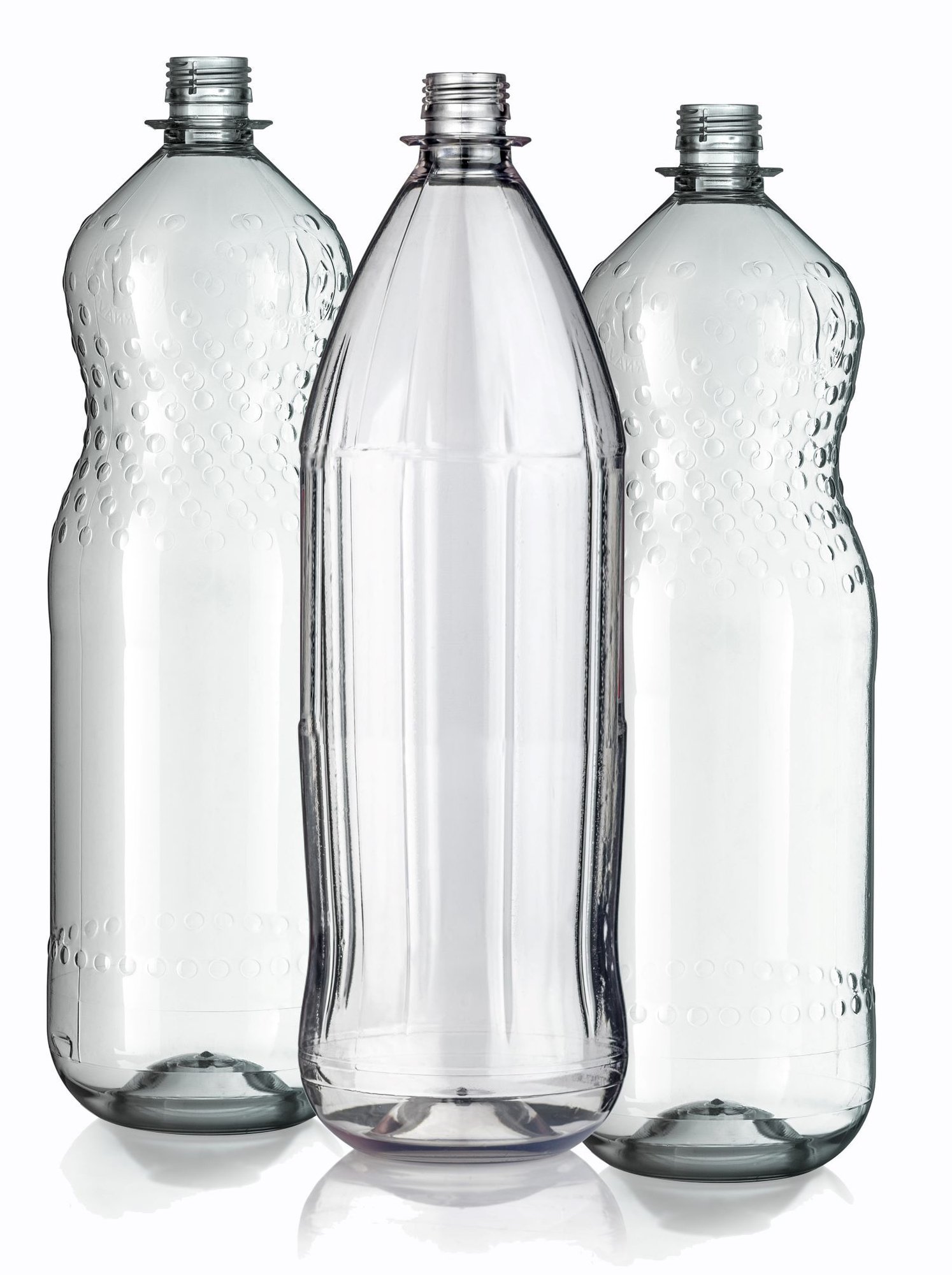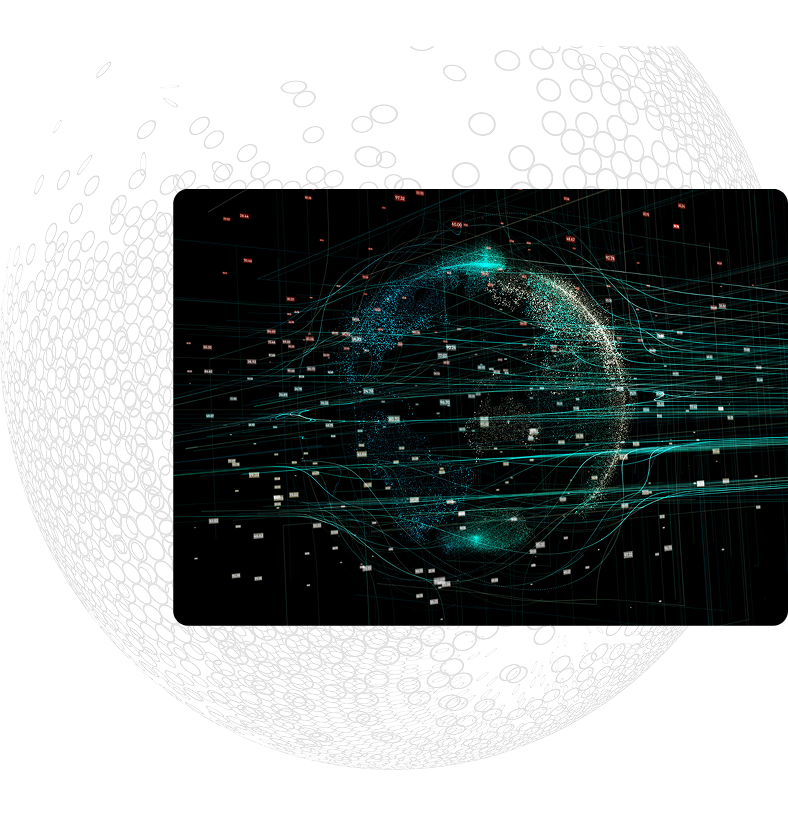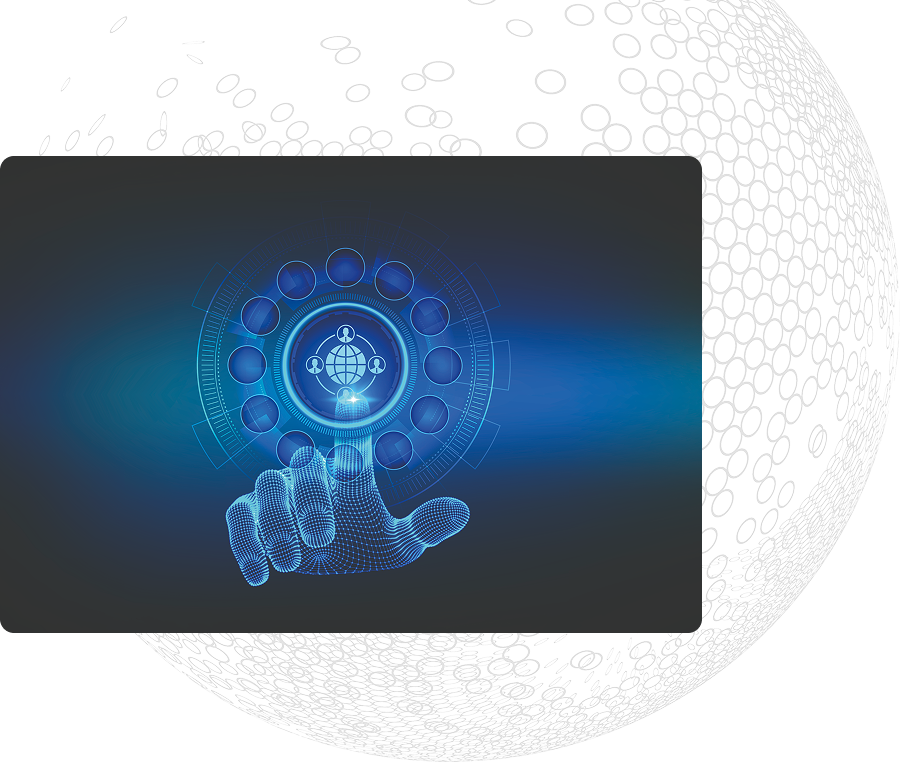
SIPA shows strength in refillable PET bottle blowing
The popularity of refillable PET bottles is growing fast. Governments are pushing for them, all sorts of technologies are increasingly enabling them, major brands are keener to make them, and multiple markets around the world are pulling them. By the end of this year, the global market for refillable PET bottles should be close to $10 billion, and in ten years’ time it could be worth well over $15 billion. Advanced SIPA bottle blowing systems will be instrumental in catering for that growth.

- Home / SIPA shows strength in refillable PET bottle blowing
- SIPA
Refillables are emblematic of the circular economy, but they also represent another circle. Back in the 1960s and 70s, refillable glass bottles were extremely popular in Northern Europe and North America in particular. But then return schemes all but disappeared during the 1980s and ‘90s, as metal cans and single-use PET bottles gained dominance.
Now, sustainability issues are pushing drinks packaging to return to its roots. One example from industry: Coca-Cola wants to increase its use of refillable bottles (glass and PET) to 25% by 2030 Coke and other brands want bottles to last for at least 15 trips, preferably many more: 25 is regarded as realistic. Under the European Green Deal, new regulations say the market share of bottles for non-alcoholic beverages in reusable/refillable packaging should reach 10% by 2030, rising to 40% by 2040.
In Europe, there have been widespread rollouts of new deposit return schemes (DRS). National governments are developing their laws to mandate more sustainable plastics packaging. France for example banned the sale of single-use plastic water bottles in public places in 2020. In the USA, the number of specialist refillable water stations has increased by 50% over the last five years. In parts of Latin America, returnable bottles never left the mainstream.
So now we have an ideal scenario for improving bottle-to-bottle circularity.
SIPA has for many years been in the vanguard of the “3Rs” movement: Reduce, Reuse, Recycle. It regards refillable PET – RefPET – bottles as one important answer to solving the global packaging sustainability problem. RefPET bottles combine the advantages of one-way PET bottles and multi-use glass ones. Logistical limitations to their adoption are being addressed.
Independent Life Cycle Analyses (LCAs) have shown that RefPET bottles perform better, and are more sustainable, than reusable glass bottles. However, considerable changes in manufacturing processes, inputs, and logistics required for PET containers will be necessary, since RefPET bottles are quite different from one-way types, and industry-wide change in the manufacturing of PET packaging will be necessary.
In a RefPET system for example, the bottle needs to be filled and washed at high temperatures multiple times, in order to meet hygiene requirements. This means RefPET bottles are more than twice as heavy as in one-way. That puts extra demands on preform and bottle production, including cooling systems.
SIPA has carried out considerable development and testing work on RefPET bottles, in collaboration with various downstream partners. This includes very large water bottles for water coolers, where results are very promising. SIPA’s SFL Maxi 1 machine yields considerable advantages in both OPEX and CAPEX, compared with competitors.
SIPA offers several important features for downstream partners involved in RefPET bottle – and also preform – production. It has, for example, significant experience in special preform design and production. For the bottle molding itself, it has developed electric heating of blow molds, to improve bottle performance and also special base designs, for which it has a patent pending. For all of these features, SIPA can provide multiple references.
Processing equipment is available (and is in commercial use) for production using between two and six cavities. Diverse blow molding systems are in use for RefPET bottle production. For high output – up to approaching 8000 bph – of bottles around 2L in volume, there are the XTRA 6 and 8 rotary systems. Linear SFL systems – Performance 6, Dynamic 4 and Dynamic 3H, as well as Flex 2 types, with their best-in-class performance – cater for lower outputs and larger bottle volumes. They all feature extreme stretching capabilities, ease of use and maintenance, clean operation, and excellent energy efficiency.
The global market for PET bottles is changing, and RefPET is on the up. SIPA has the capabilities and experience in preform and bottle design and production to maximize the potential of RefPET bottles.



 Contact Us
Contact Us

